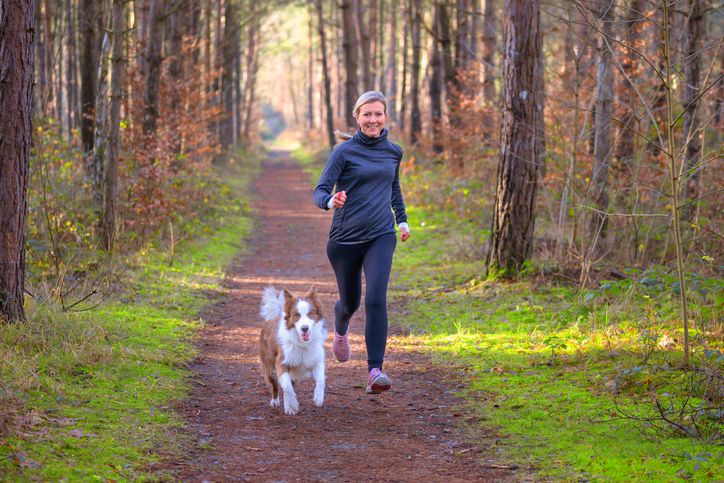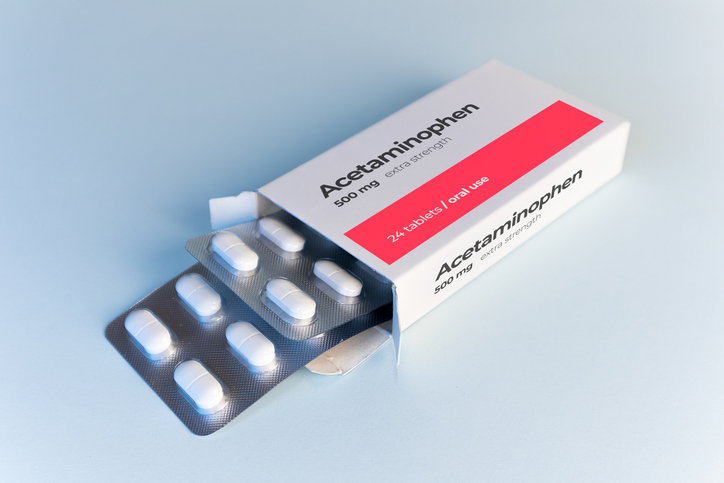
A chronic wound is defined by a wound that have failed to heal after 3 months, even with appropriate wound care. There is a diverse number of bacteria in these wounds, and some bacteria can delay appropriate healing. In this study published in Microbial Ecology, researchers aim to assess the underlying comorbidities less commonly studied in the context of chronic wounds, such as autoimmune diseases, as well as the connection between microbiota and wound healing trends.
Here it is "Co-occurrence of Anaerobes in Human Chronic Wounds". Work done in collaboration with @JCVenterInst supported by @NINR https://t.co/QiJbxHckRk@GWSMHS @GWHospital @GW_MFA
— Dr. Victoria Shanmugam (@VickiShanmugam) August 26, 2018
In order to try and assess this information, researchers did a microbiome assessment of the Wound Healing and Etiology (WE-HEAL) Study cohort. For the study, the chronic wound specimens of 60 patients were collected through the WE-HEAL Study using 16S ribosomal RNA gene sequencing. The group of co-occurring obligate anaerobes that were identified included members of the Gram-positive anaerobic cocci (GPAC) of the Clostridia class (i.e., Anaerococcus, Finegoldia, and Peptoniphilus) and additional strict anaerobes (i.e., Porphyromonas and Prevotella).
Co-occurrence of anaerobes in human chronic wounds…. – Choi Y et al. – https://t.co/qsEDOgi9aW #microbiome
— Microbiome Articles (@microbe_article) August 25, 2018
According to the results, the examination of clinical comorbidities of the WE-HEAL specimens showed that specific obligate and facultative anaerobes were significantly reduced in wounds presented with autoimmune disease. “We identified a co-occurring obligate anaerobic community type that predominated some human chronic wounds and underrepresentation of anaerobes in wounds associated with autoimmune diseases,” the researchers concluded. “Possible elucidation of host environments or key factors that influence anaerobe colonization warrants further investigation in a larger cohort.”
Check out an article on the growth of patients with juvenile idiopathic arthritis during tocilizumab therapy.







 © 2025 Mashup Media, LLC, a Formedics Property. All Rights Reserved.
© 2025 Mashup Media, LLC, a Formedics Property. All Rights Reserved.